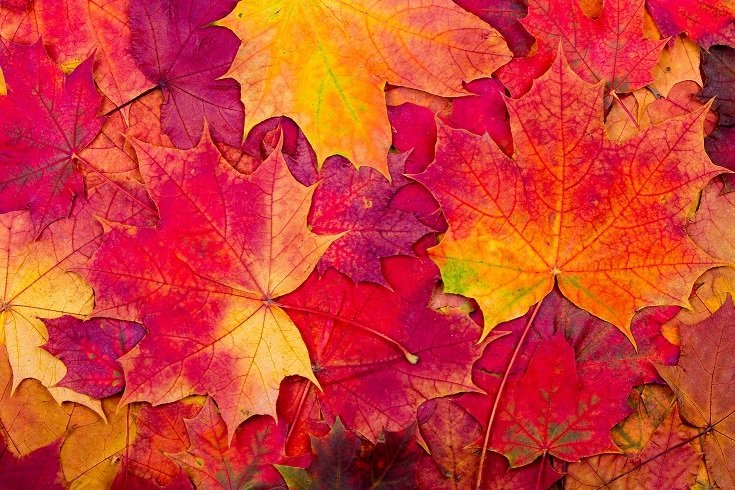Fall officially arrives September 22nd, the day of the autumnal equinox. If you’re not totally sure what the equinox is, check out these facts!
Pumpkin spice lattes are back, football is on TV, and candy corn is out in stores. Fall must be here!
In case you weren’t paying attention in Earth Science class, we’ll help break down the change in seasons and what it means for people all over the world.
Equi-Nox
 The word equinox derives from the Latin words for equal and night. On the autumnal equinox, the day will be, as the word suggests, split in half between night and day.
The word equinox derives from the Latin words for equal and night. On the autumnal equinox, the day will be, as the word suggests, split in half between night and day.
The autumnal equinox signals the beginning of harvest and is often celebrated by pagans as a celebration of summer and preparation for the darkness of winter. Many religions have autumn celebrations to remember and look forward.
An equinox occurs when the Earth’s axis tilts at an angle that is neither farther away from the sun or closer to the sun, resulting in an equal amount of day and night.
The autumnal equinox in the northern hemisphere is actually the spring equinox in the southern hemisphere and ushers in spring. Instead of a winter or summer equinox, the change of those seasons are marked by a solstice. Unlike an equinox where day and night is of equal length, solstices occur when the Earth is at its maximum or minimum tilt away form the sun.
The autumnal equinox happens at the same moment around the world, but because of time zones, will occur at different times of the day. On central time in the U.S., it’ll happen at 9:21 a.m.
Winter is Coming
 After the autumnal equinox, the hours of daylight will lessen and the nights will be longer. This astronomical event also triggers the changing of weather. If you live in the South or in warmer regions, you might not notice this right away but in the Midwest and North, leaves will begin to change colors and fall and the temperature will begin to dip.
After the autumnal equinox, the hours of daylight will lessen and the nights will be longer. This astronomical event also triggers the changing of weather. If you live in the South or in warmer regions, you might not notice this right away but in the Midwest and North, leaves will begin to change colors and fall and the temperature will begin to dip.
The autumnal equinox does not always fall on the same day every year. It is usually occurs on the 22nd or 23rd, but it has happened on the 21st and 24th before. It takes the earth about 365 and 1/4 days to fully orbit the sun, so each year the hour can change slightly, eventually resulting in a different day altogether.
//
If the weather interests you, consider a STEM career in astronomy. To give you a little inspiration, check out the best space Instagram accounts you should be following and for more fun astronomical facts, read our top facts on meteor showers. If you enjoy STEM, but aren’t sure if astronomy is for you, take our STEM Type Quiz to find out your best fit!







Leave A Comment
You must be logged in to post a comment.